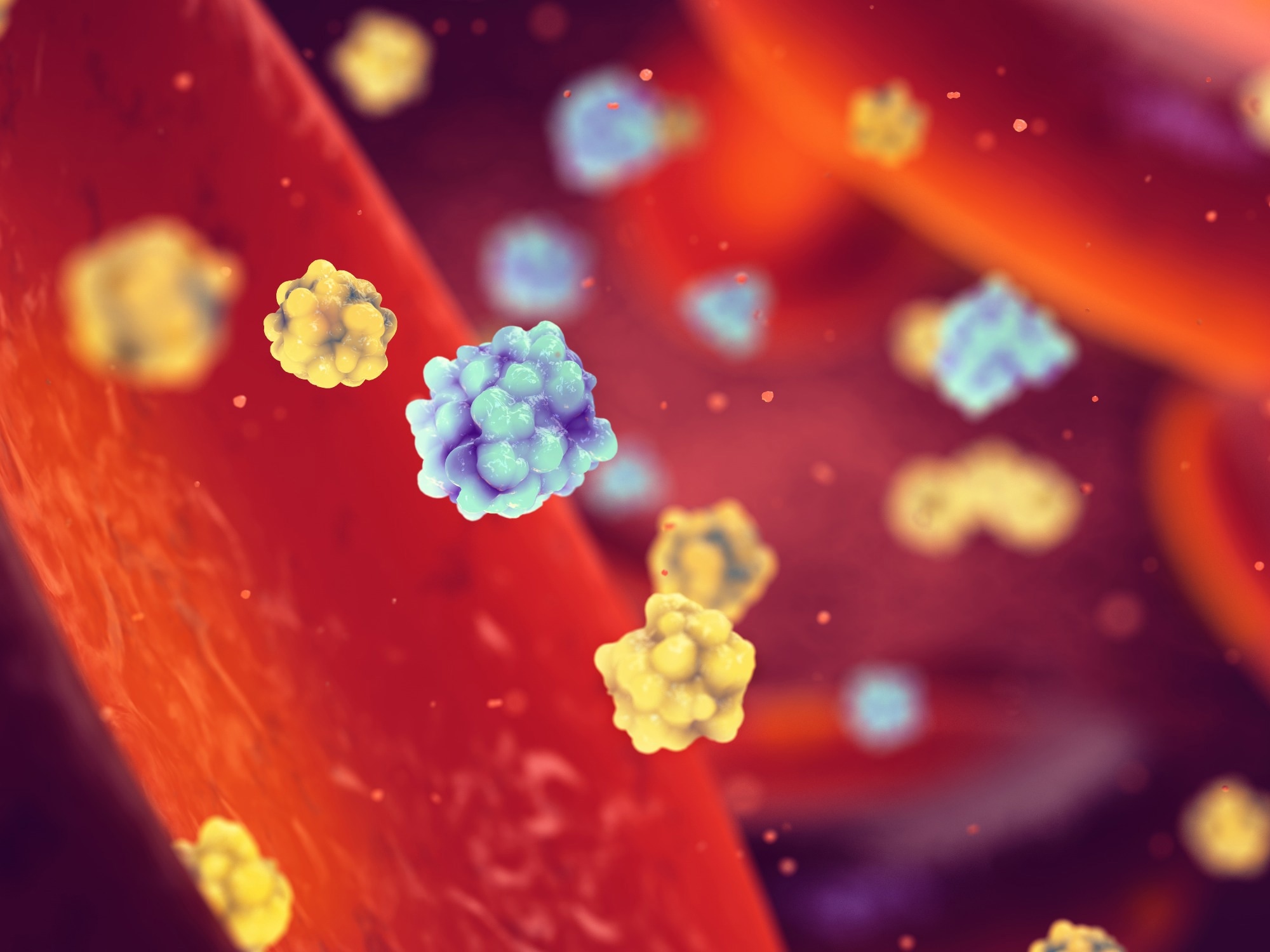In a recent study published in Nature Medicine, researchers investigated whether completely closed-loop insulin delivery could improve glycemic control among type 2 diabetes patients compared to regular insulin injections without any increase in hypoglycemia risks over 8.0 weeks of regular living.
 Study: Fully automated closed-loop insulin delivery in adults with type 2 diabetes: an open-label, single-center, randomized crossover trial. Image Credit: nobeastsofierce/Shutterstock
Study: Fully automated closed-loop insulin delivery in adults with type 2 diabetes: an open-label, single-center, randomized crossover trial. Image Credit: nobeastsofierce/Shutterstock
Intensive glucose control strategies target HbA1c (glycated hemoglobin) values below 7.0% (53.0 mmol mol−1); however, insufficient glycemic control has been observed globally. Closed-loop devices for delivering insulin provide continuous glucose monitoring and automatically modulated subcutaneous insulin delivery. However, among adult type 2 diabetics, the glycemic benefits of closed-loop insulin delivery systems with no meal bolusing requirements are unclear.
About the study
In the present open-label, uni-center, randomized, two-period crossover trial study, researchers investigated completely-closed loop systems of insulin hormone delivery as an approach for safe and effective glycemic control among type 2 diabetes patients.
Thirty individuals were recruited (from 46 individuals screened) between December 16, 2020, and November 24, 2021, 28 of whom, were randomized in a 1:1 ratio to receive either closed-loop insulin treatment or multiple insulin injections as control treatment over two eight-week periods. A two-week to four-week washout period was provided between the intervention periods.
The prime endpoint was the fraction of time in the targetted range of glucose between 4.0 and 10 mmol l−1). The main secondary study endpoints included the percentage time with glucose sensor levels >10 mmol l−1, average sensor glucose, HbA1c, and the fraction of time with sensor glucose <4.0 mmol l−1. Prime and secondary study endpoints were evaluated for 26 patients with type 2 diabetes, for whom ≥48 hours of information were obtained in ≥1.0 study period.
Safety endpoints included severe hypoglycemia (or needing personal assistance), device deficiencies, and serious adverse events (SAEs). Utility assessments included the percentage time for sensor glucose availability and closed-loop operations. Psychosocial assessments were based on the questionnaires filled out by the participants at the end of every study period, including the PAID (problem areas in diabetes) questionnaire, the hypoglycemia confidence survey, and the hypoglycemia fear survey-II worry scale.
In addition, individuals provided feedback on the entirely closed-loop delivery system. Individuals were recruited from diabetes outpatient clinics at Addenbrooke’s hospital and the Granta Medical Practices primary care center in Cambridge, United Kingdom. The study included English-speaking adults with type 2 diabetes with subcutaneous insulin requirements and screening HbA1c values ≤ 12.0% (108.0 mmol mol−1). The included individuals consented to perform finger-prick blood glucose monitoring and wear the study device.
The team excluded type 1 diabetics, expecting or breastfeeding women, individuals with severe hearing or visual impairments, insulin allergies, or dermatological diseases affecting the placement of devices. In addition, individuals lacking reliable telephone facilities, substance abuse, psychological or physical diseases, or the use of medications that could alter trial results were excluded.
Results
The mean percentages for the time in the target glycemic range were 66% and 32% with closed-loop treatment and control treatment, respectively, with an average difference of 35 percentage points. The corresponding percentage times above 10 mmol l−1 were 33% and 67%, respectively. Mean blood glucose was lesser with the entirely closed-loop treatment (9.0 mmol l−1) compared to the control treatment (13 mmol l−1). The duration of hypoglycemia (glucose below four mmol l−1) was comparable between the two treatments, and severe hypoglycemia was not reported for any intervention period.
Five (of 11) AEs and six divide deficiencies were reported during the completely closed-loop treatment period. However, only one SAE was reported associated with closed-loop treatment, an abscess located at the cannulation site, managed by incision and drainage post-hospitalization. The total duration of hyperglycemia was lesser during entirely closed-loop treatment compared to that observed during the insulin injection treatment.
The mean glucose variability was lesser during entirely closed-loop treatment compared to that during control treatment (3.0 vs. 3.40, respectively); however, the variation coefficient was greater with closed-loop treatment compared to control treatment, with mean values of 32% vs. 28%, respectively. The total everyday dose of insulin was greater during the completely closed-loop treatment period compared to that during the insulin injection treatment.
Per-protocol and intention-to-treat analyses of the prime endpoint yielded similar results. The median values for glucose sensor availability during the completely closed-loop treatment period and control treatment period were 98% and 93%, respectively. PAID scores and hypoglycemia confidence scores were comparable between the trial interventions.
However, hypoglycemia worry scores were greater for closed-loop treatment compared to the control treatment (median scores 15 vs. 10), indicative of more fear of hypoglycemia-related to closed-loop insulin delivery. Nevertheless, all trial participants documented that automatic glycemic control by the completely closed-loop system made them happy.
In addition, 89% of participants documented that they were required to spend less time on diabetes management. User feedback highlighted the elimination of injection requirements and finger prick testing as the main benefits and annoyance with device wearing, connectivity difficulties, and perceived increases in hypoglycemic episodes as the main drawbacks of fully closed-loop insulin delivery systems.
Overall, the study findings showed that fully closed-loop insulin delivery improved glycemic control in type 2 diabetes patients without increases in hypoglycemia episodes in comparison to regular insulin injections. Therefore, the entirely closed-loop treatment could be considered a safe and effective approach for improved glycemic outcomes over eight weeks of use in outpatient settings. However, larger-sized randomized clinical trials with more diversified populations and longer follow-up periods are needed to ensure the generalizability of the trial findings.